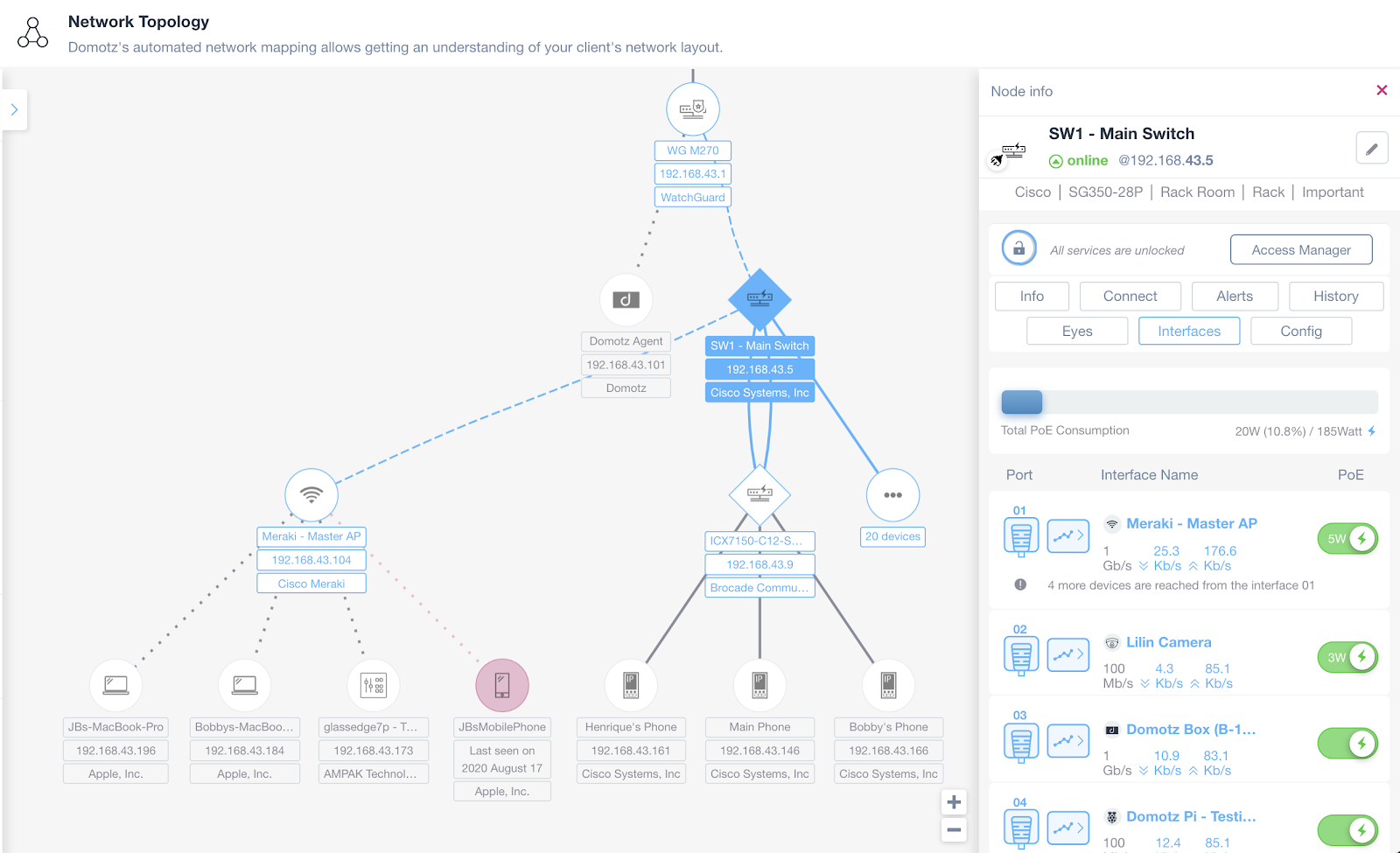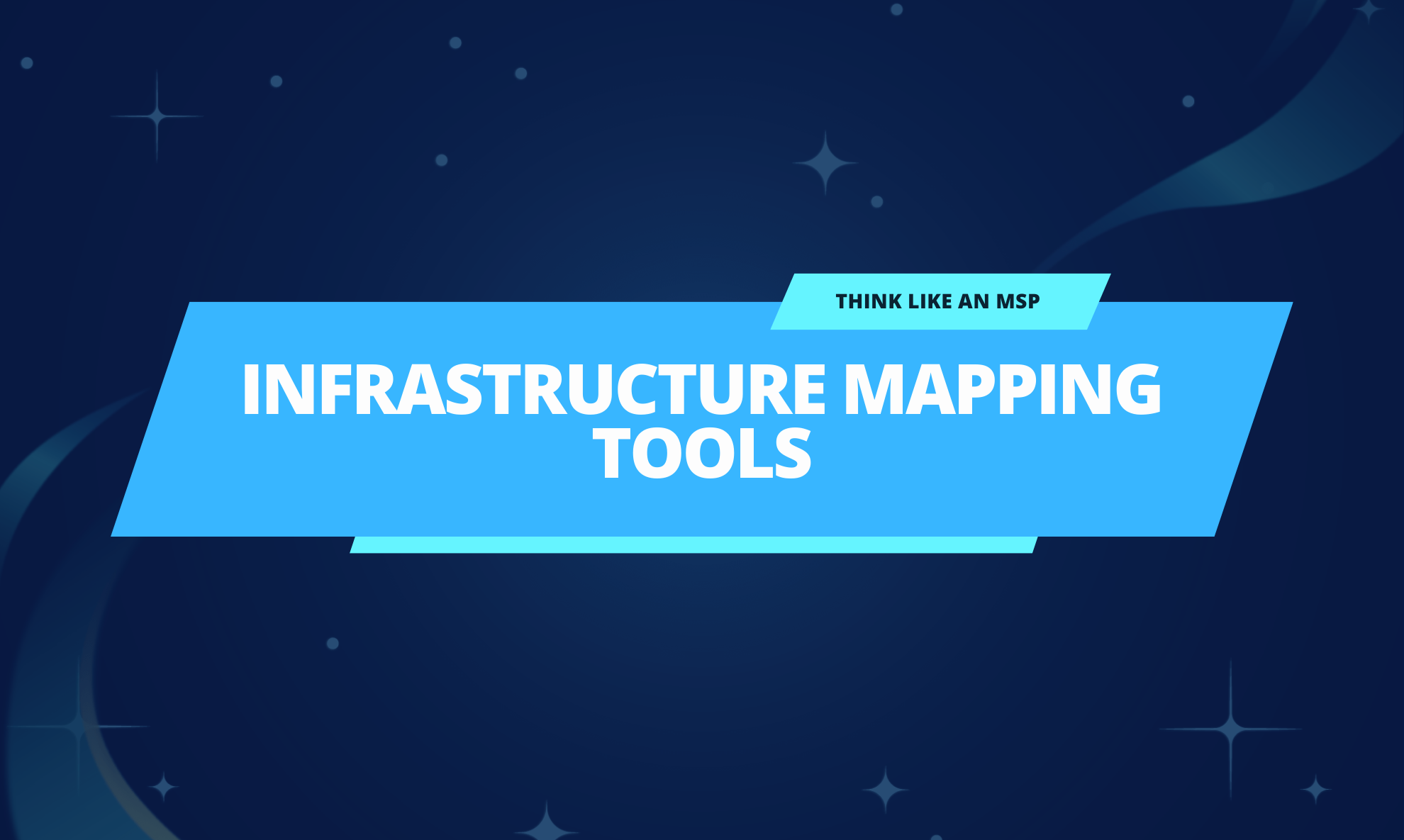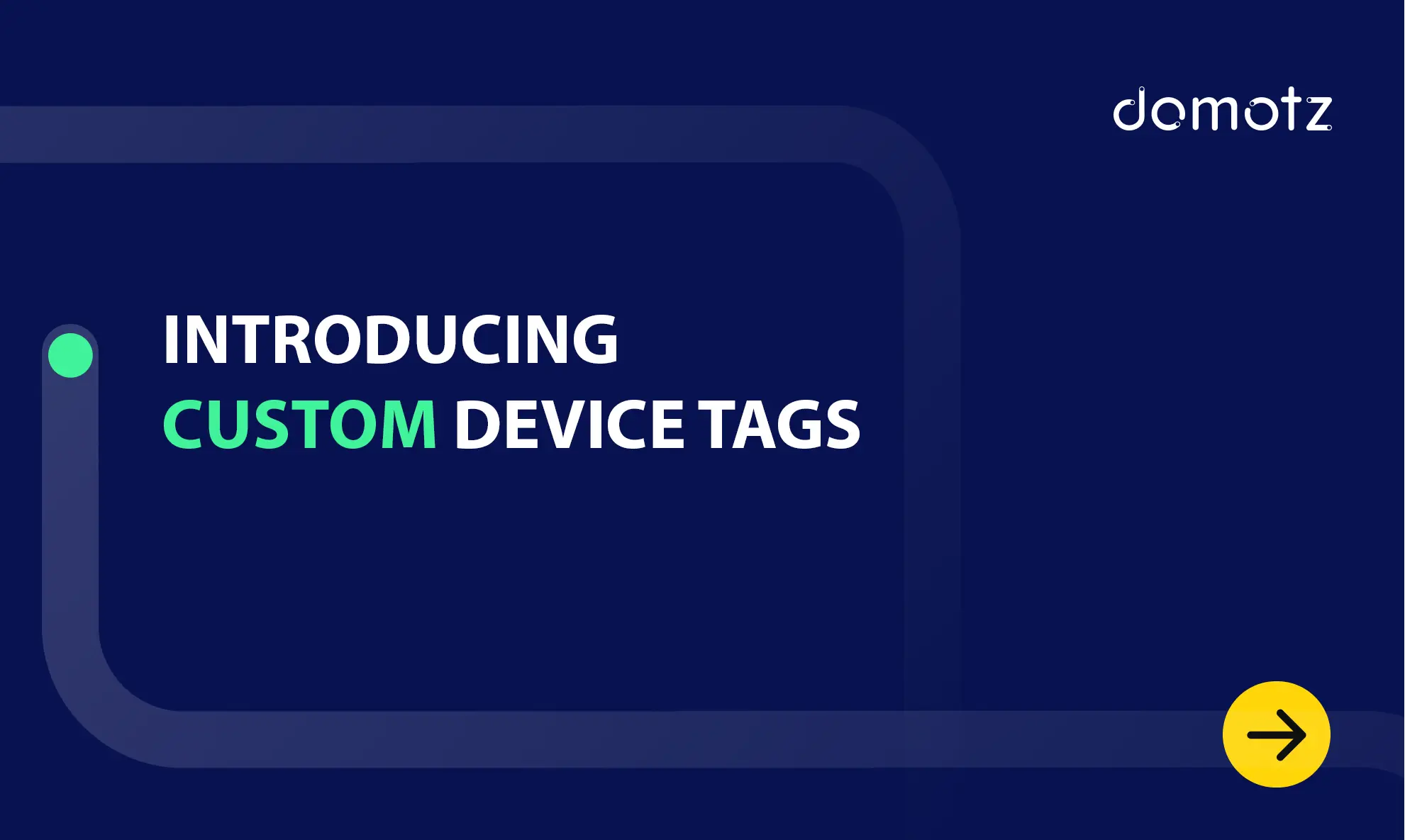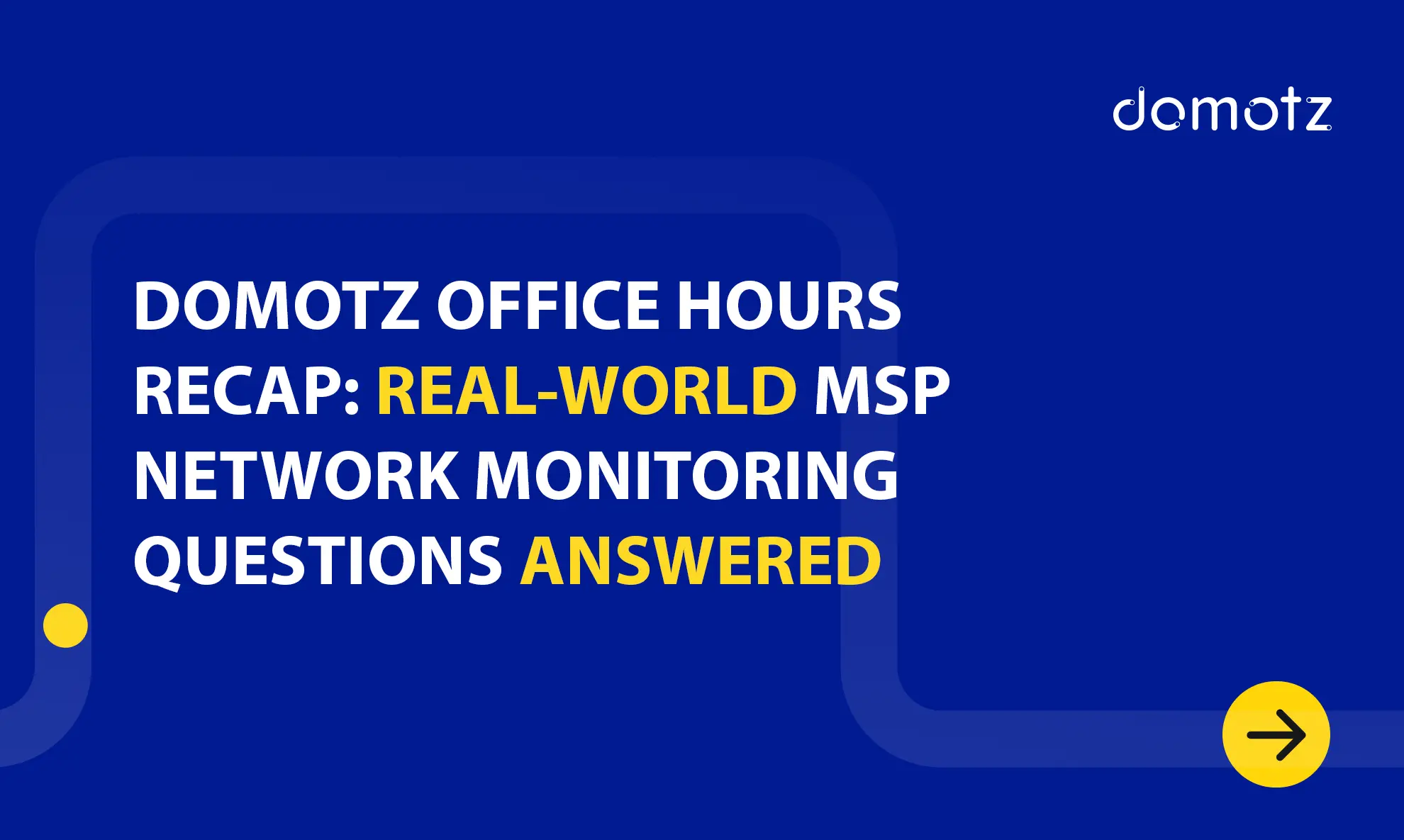There is no doubt that networks are becoming more complex. In other words, as more devices and IoT systems connect to a network, it becomes more difficult to understand exactly how this network work.
Networks are also becoming more distributed too a single network can span across continents and even countries. In addition, you can find devices on the same network across multiple VLANs to allow segregation of data flow or for security purposes.
The best starting point to understand how to secure and manage a network is using automated network mapping tools. To clarify, such tools can help you know more about all the devices on a network.
Most network mapping software allows for manual creation of the network’s topology and connections between devices. Yet only a few of these tools automatically create and keep a network topology map updated with real-time data.
What Are Network Mapping Tools?
Basically, network mapping tools are software applications that allow users to create visual representations of computer networks. These tools enable network administrators to see a graphical view of the network’s architecture. In addition, they will be able to see the connections between devices. This can help them to identify and troubleshoot potential issues.
Network mapping tools can also provide information about network performance, such as bandwidth usage and latency. By using network mapping tools, IT professionals can better understand their organization’s network infrastructure, making it easier to manage and maintain. These tools typically work by scanning the network, identifying all connected devices, and displaying them in a graphical format.
Manual vs Automated Network Mapping Tools
Network mapping is the first step in managing and securing a network.
Many free network mapping tools are available for managed service providers (MSPs), Integrators, and IT professionals. However, most of these network mapping tools don’t work automatically.
Here is a quick overview of some of the free and paid manual and automated network mapping tools available today:
- Domotz: Affordable remote network monitoring software which includes automated network topology mapping features. All features are included for monitoring and automatically mapping unlimited endpoints on a network. (Free trial – with no credit card).
- Solarwinds: Network mapping software that starts from approximately $1396.
- Spiceworks: Network monitoring tool, which includes free network mapping software for the manual creation of network maps.
- PRTG: Free network monitoring tool which allows the creation of manual network maps. Or there is an automatic map generation through a paid plugin (UVExplorer Pro).
How Automated Network Mapping Tools and Software Work
You usually identify devices by MAC address to automatically create a network map. The network mapping tools use different methodologies to locate where devices are and how they connect to each other.
IEEE standard protocols, such as Link Layer Discovery Protocol (LLDP) or proprietary ones, such as Cisco Discovery Protocol (CPD), often collect device information. As a result, you can understand better the network structure and all the links between devices and networking equipment that supports those protocols. Unfortunately, many devices don’t currently support either of these protocols.
Another methodology is based on the information retrieved through SNMP on networking devices compliant with RFC-4188. This provides the information to understand which MAC addresses are “reachable” through a specific network port of managed switches.
Regardless of the methodology you adopt to collect raw data from the networking devices, the network mapping software receives all the information. The tool can elaborate this data, and create inferred relationships such as devices routed through Wi-Fi Access Point. Then, it will present the devices, and all the connections between them in the form of a topology map.
What is a Network Topology Map?
“A network map displays in a visual format, all the devices on a network, how they are interconnected as well as the transport layer.” , Techopedia
Here is an example of a network topology map. We created it by using the Domotz remote network monitoring software:

The WatchGuard M270 firewall connects to the main gateway. The Domotz Agent directly connects to the firewall.
Then comes the Cisco SG350 Switch (SW1), which provides the main connectivity to the rest of the network, including:
- A Brocade/Ruckus PoE switch (which powers and connects VoIP systems).
- A Cisco Meraki Wi-Fi Access Point (powered through the Cisco Switch, which connects office Wi-Fi clients such as Laptops, mobiles, and touch-panels.
- 20 other devices connected to the rest of the 28 ports available on the Cisco Switch.
The network mapping tool shows you exactly what is on the network. Most importantly, you’ll get information about and how all devices are interconnected in real time. You will know if something goes offline and where the issue occurred.
For example, Brocade/Ruckus ICX switch from the above example going offline will impact all the connected VoIP systems.
Additionally, if someone decides to move something on the network, you will also see this reflected on the network topology map in real time.
Information such as the port of the switch to which the device is connected is very important. For example, it may be necessary to reprogram the VLAN configuration of a switch port if a VoIP system has been physically moved.
Benefits of Automated Network Mapping Tools and Software
Today’s MSPs are responsible for much more than just ensuring a business’s computers are working. MSPs need a full picture of what is on the network to manage and secure it.
Here are five benefits of network mapping software:
- A complete network map of everything: Network topology mapping tools like Domotz shows you all endpoints on the network and how they are interconnected.
- Access device details: You can click directly into a device to diagnose problems and issues.
- No configuration: You do not need to add any device details. The network topology map will be created automatically and straight from your Domotz device inventory.
- Get alerted if a device gets moved: Network mapping tools will keep you updated and alert you if a device gets moved. What will happen if someone moves an essential managed switch or turns it off? Basically, the software will let you know where the device has been re-connected or if it has been re-connected at all. This is much easier than keeping a spreadsheet or a diagram of where things are.
- Network security: Know the best strategy for securing a network because you understand how everything is interconnected.
Learn more about Domotz network topology mapping and remote network monitoring software.
Further reading:
- Guide to server room temperature monitoring
- What is SNMP and how does it work?
- How to make a network topology diagram map
- Best infrastructure mapping tools for network topology
- Server provider management tips for MSPs



